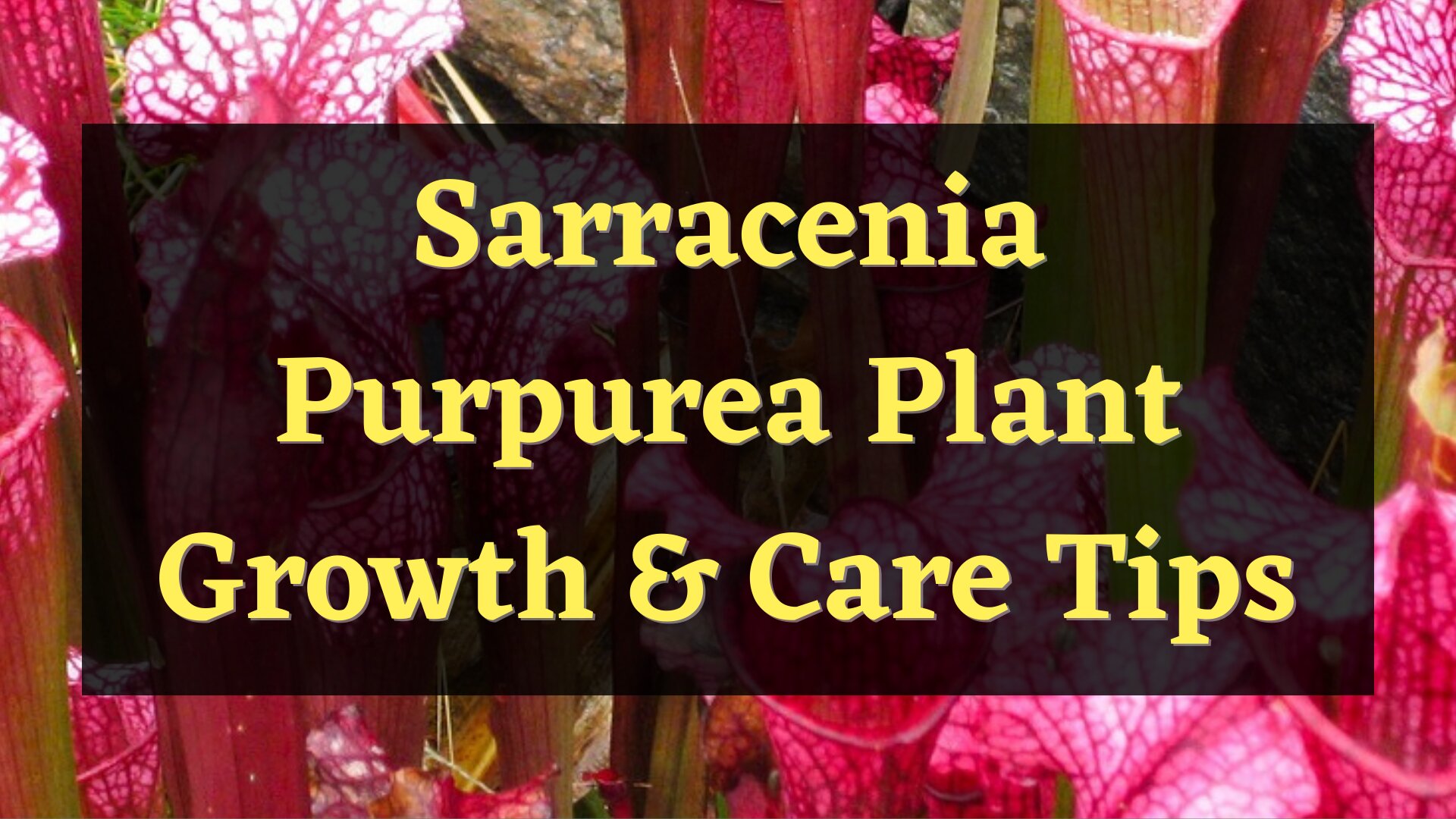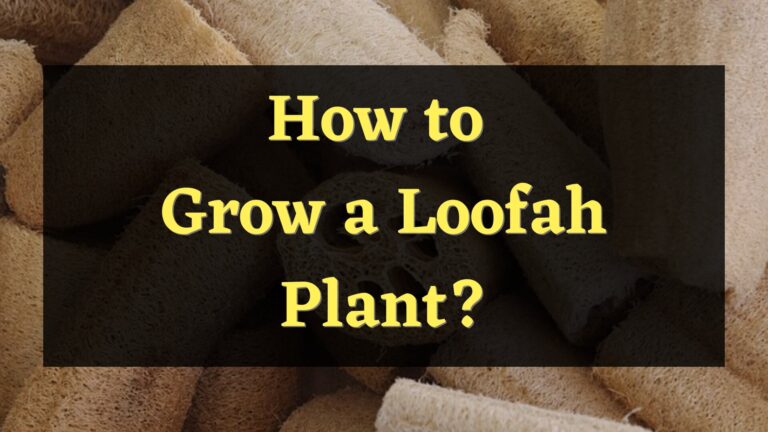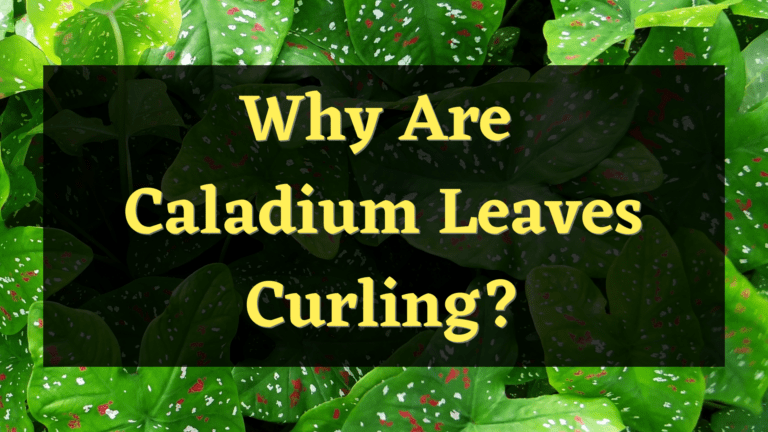There are different ways you can propagate Sarracenia Purpurea. In this post, I will provide you with information about the methods used to grow one on your own. I will also include a guide on how you can properly take care of your plant until it matures. And in addition, I will also give you general information about the Sarracenia Purpurea plant.
About Sarracenia Purpurea
Sarracenia Purpurea is a sub-species of Trumpet Pitchers that are a member of the Sarraceniaceae family of plants. They are also known as the purple pitcher plant, northern pitcher plant, turtle socks, and side-saddle in various parts of the globe. These plants attract and trap insects inside their pitchers or the fused leaves that they have to consume nitrogen during their digestion process.
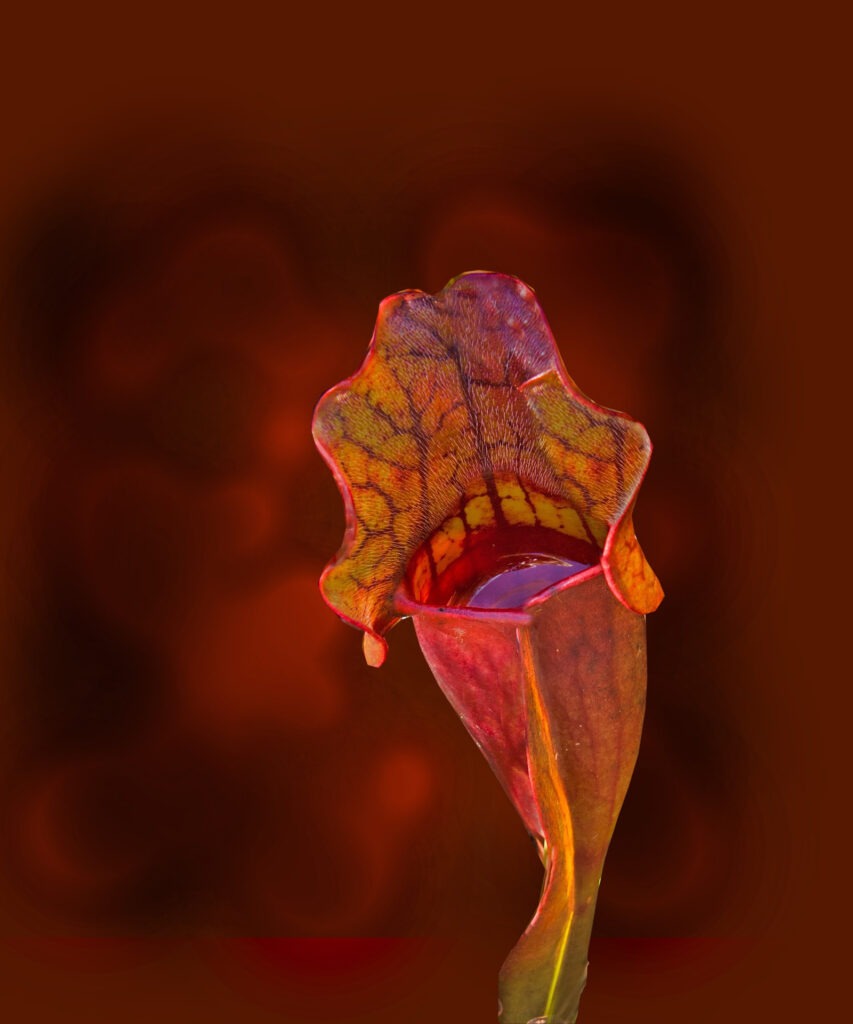
Sarracenia Purpurea also has a history of it being used as a traditional medicine. In the 19th century, Sarracenia Purpurea was used to cure smallpox illness. It was also recorded that Sarracenia Purpurea was used as an injectable pain reliever.
How to propagate Sarracenia Purpurea?
Propagating Sarracenia Purpurea from rhizomes
You can grow Sarracenia Purpurea from its rhizomes. These are the underground stems that produce the plant’s roots and leaves. Most of the time, the rhizomes that are old enough produce multiple offshoots or growth points. To propagate a new plant, you can separate these and plant the individual parts that were separated.
Propagating Sarracenia Purpurea through division
You can also grow Sarracenia Purpurea by pulling out a mature plant and dividing it into separate sections. It is important to carefully divide them and ensure that each separate section has its own roots so that it can successfully propagate. After being divided, each portion can be planted straight in a pot with a soil mixture that has good drainage.
Propagating Sarracenia Purpurea from Seeds
It is very easy to grow Sarracenia Purpurea from seed if you have the patience to properly follow the necessary steps. There are many steps that you must do in order to successfully propagate a Sarracenia Purpurea from seed. Germinating the seed will take a lot of time, and it will take at least 4 years to completely mature.
Can Sarracenia Purpurea be divided?
Sarracenia is very durable and can survive dividing during the winter. They can also handle being divided at another time of the year, but it will take them a long time to recover than it does when they are divided in the spring. This plant variety desperately needs division because it is very invasive and will spread widely if not properly cared for.
Proper care for Sarracenia Purpurea
Light
Sarracenia Purpurea is a sun-loving plant. They require full exposure to sunlight, especially in their growing season. If not, a bare minimum of very bright light will be needed so that a flower can form and properly develop. However, in most cases, you will ultimately need a location where they can be exposed to direct sunlight for them to thrive.
Water
There are two simple things that you must remember in regard to watering it. One method is to keep your plant permanently wet or moist all year. It is crucial to emphasize that you must never allow your plant to dry out. Only when they are in their resting phase do they make an exception. The only exception is when they are in their resting period. The other method is to use the right type of water. It is because carnivorous plants like them need acidic water, and neutral water will eventually kill your plant. You can use tap water only if you live in a very soft water area. Bottled water is okay, but the most common water that you could use is rainwater.
Humidity
If you have been watering it correctly, there should be constant moisture around your plant that enhances the surrounding humidity level. This means that if you are watering your plant well, there is nothing that you need to worry about except if you live in a very dry area. In this instance, you can try artificially raising your area’s humidity level.
Feeding
It is strictly advised that no type of fertilizer should be given to your plant. They are already experts at dealing with scenarios where they are lacking in nutrients. This is the reason they evolved to be able to capture insects. The prey that it catches with its pitchers will provide the necessary nutrients that they need. There is no need for you to intervene.
Temperature
Sarracenia Purpurea thrives best in warm to hot weather, especially during its growing season. And during winter, they like it cold. Unlike other typical houseplants, they can adapt to frost if they are in their dormant stage.
Repotting
The plant does not need repotting unless the container you initially planted it in is too small for a mature plant. As a basic guide, try considering repotting your plant once every 2 to 3 years just to refresh the plant’s growing medium and make sure that it still drains water correctly, as well as to remove any minerals that have built up on the pot over time.
When to start propagating Sarracenia Purpurea?
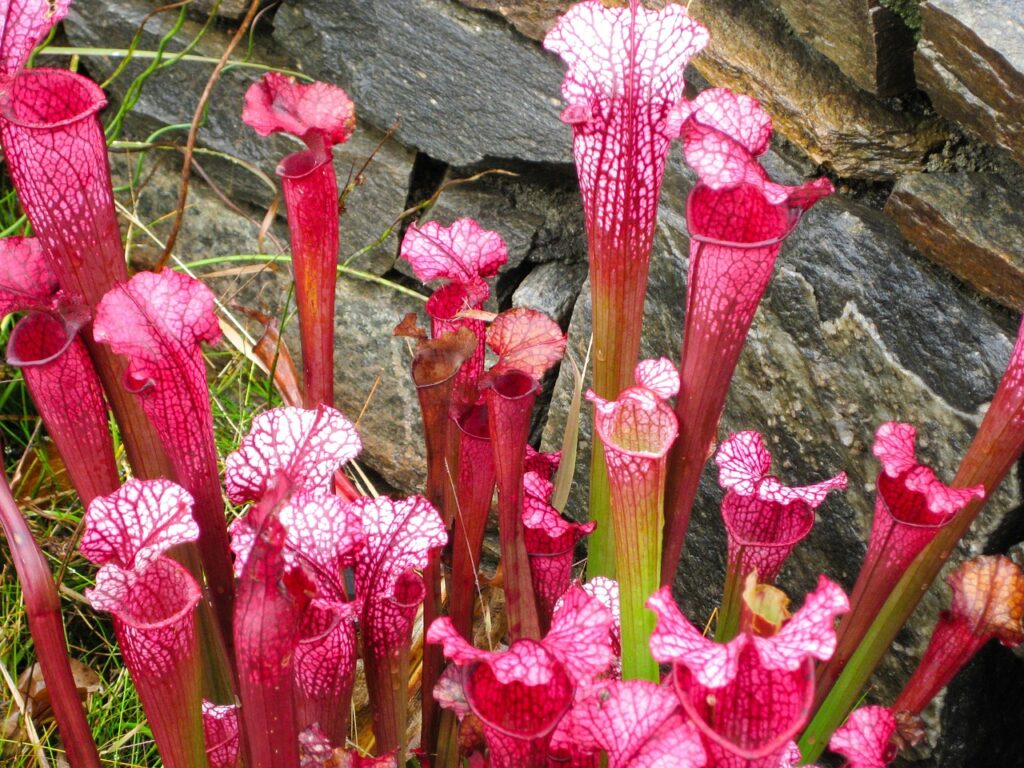
The best time to propagate it is before its growing season, which is in the spring. This will enable your plants to grow quickly, as it is their growing season. In contrast to winter, where they will have much slower growth due to the fact that it is the start of their dormant period.
Conclusion
There are many methods how to propagate a Sarracenia Purpurea plant. All of them are pretty easy and simple. However, there are many things that the plant requires in order to successfully thrive. The good thing is that their necessity is not that hard to fulfill. Growing and taking care of these plants are really easy, and they also do not require a lot of space to mature. It is very nice to have an exotic kind of plant indoors.

Elizabeth Mcmillan is a passionate gardener with a strong interest in plants. She used to be a teacher, but Elizabeth has spent the last few years immersing herself in the world of plants, learning about their biology and cultural value and trying out different ways of growing them in her own garden. Elizabeth Mcmillan loves indoor plants, succulents, and cacti, and her friends and family know her as a plant care expert.

